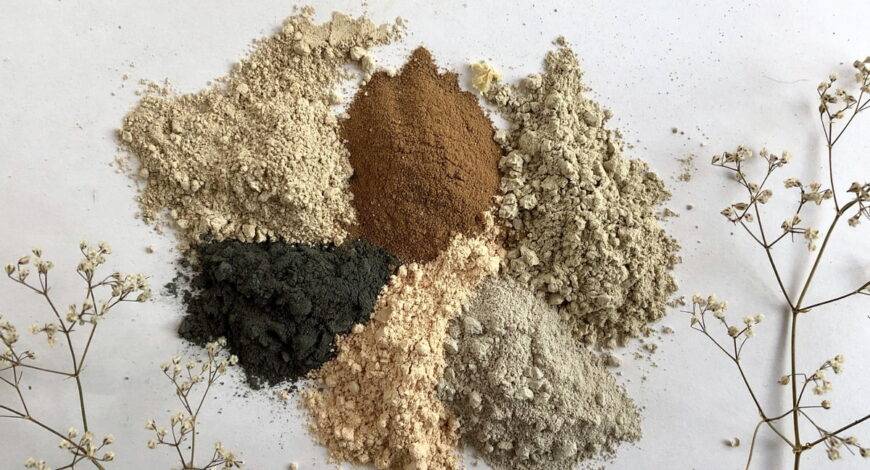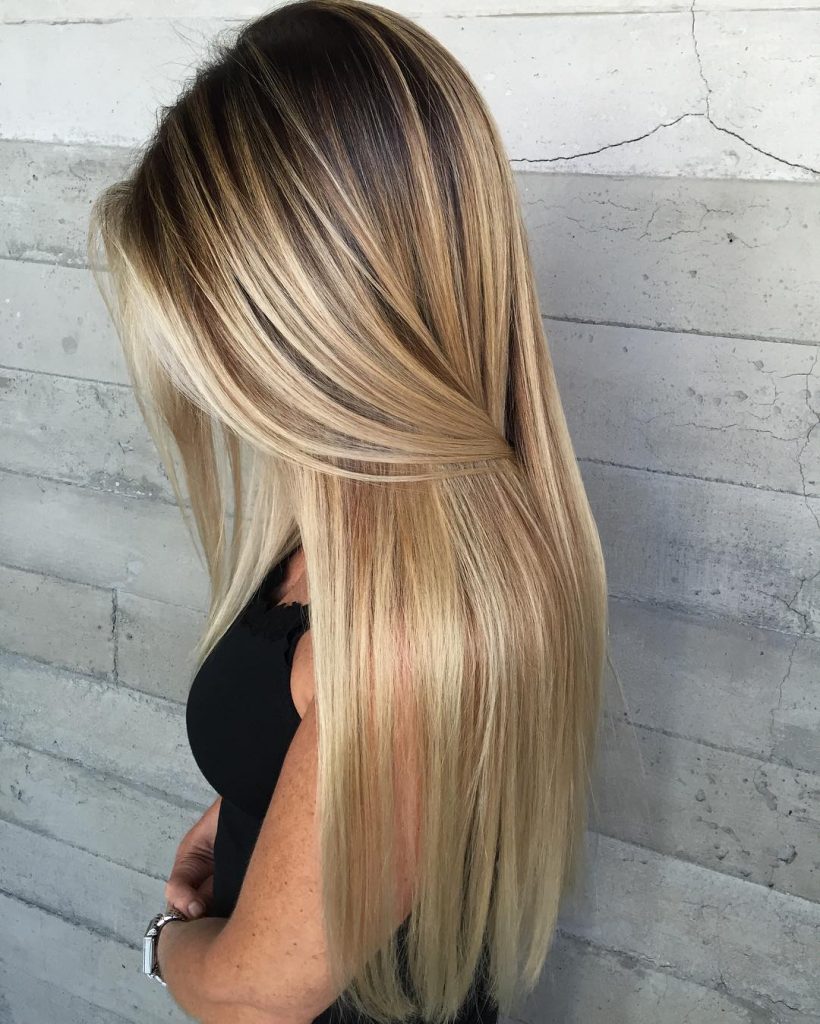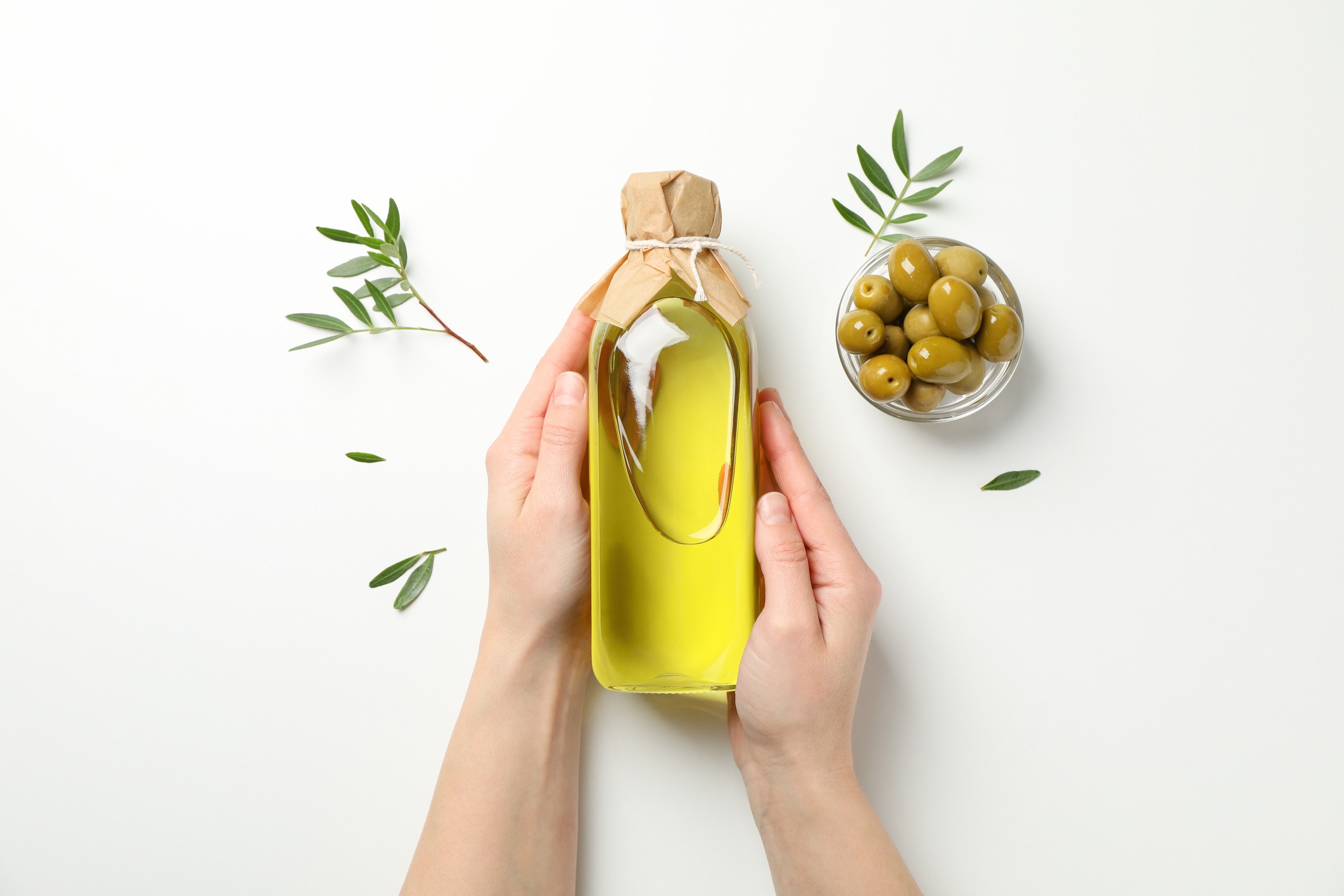
How to choose clay for the face? Types of cosmetic clays and how to use them
Content
- Black clay is a powerful cosmetic product for people with oily skin and visible pores.
- White clay - ideal for sensitive skin prone to imperfections.
- Red clay - for rosacea and mature skin
- Green clay - for acne and oily skin.
- Pink clay - for sensitive skin prone to imperfections.
- Blue clay - for oily and acne-prone skin.
- How to make a clay mask?
Are you looking for a natural way to take care of yourself? Clay is for many a real remedy for skin problems, especially recommended for skin prone to oiliness and acne. In our article, you will find the answer to the question of which clay to choose depending on the type of skin and the ailments you are struggling with.
Clay is used by us in different ways - for building, making ceramics, modeling, in cosmetic rituals. In the care of the skin of the face, body and hair, clay can be truly indispensable. Greens, yellows, reds, whites, pinks, blacks, you'll find many varieties and they have a strong cleansing effect. However, in reality there are more differences between them than similarities. They are mined in different regions of the world, differ in their chemical composition and properties, and are used in the treatment of many skin ailments. They are also used in natural medicine.
Which clay to choose, given the needs of your skin and the range of problems you struggle with? Familiarize yourself with the types of cosmetic clays available on the market and their properties.
Black clay is a powerful cosmetic product for people with oily skin and visible pores.
This type of clay is most often mined from volcanic rocks in Kamchatka. Black clay can also be Dead Sea mud. Not recommended for dry and sensitive skin due to intense action.
Properties of black clay:
- deeply cleanses and detoxifies
- normalizes the work of the sebaceous glands,
- tightens and unclogs pores
- has an antiseptic effect,
- prevents inflammation.
White clay - ideal for sensitive skin prone to imperfections.
The softest of the clays, in China, where the tradition of its use is the longest, otherwise known as kaolin. White clay is also used in the manufacture of porcelain. Its cosmetic use is quite wide - it can be used as a base for masks, as well as an ingredient in decorative cosmetics (mainly mineral powders and fluids).
White cosmetic clay has a slightly acidic pH of 5, which is close to the pH of human skin, ranging from 4,5 to 6. This distinguishes it from other clays that are alkaline or neutral. This makes it ideal for sensitive skin where any pH imbalance can lead to visible irritation.
Properties of white clay:
- deeply cleanses without disturbing the hydrolipidic barrier of the skin,
- detoxifies,
- relieves irritation and inflammation,
- normalizes the work of the sebaceous glands.
Red clay - for rosacea and mature skin
"Red gold", as it is also called red clay, is primarily a remedy for problems with blood vessels. It is also very commonly used in the treatment of rosacea. This type of clay is quite intense, so it is not necessarily recommended for very sensitive skin. France and Morocco are best known for the production of red clay.
Properties of red clay:
- stimulates blood circulation
- evens out skin tone
- brightens pigmentation,
- seals blood vessels
- reduces wrinkles
- nourishes the skin.
Green clay - for acne and oily skin.
Softer than black clay, but more drying than white clay, so not recommended for very dry and sensitive skin. Green clay for the face is great for fighting imperfections as it has antiseptic and anti-inflammatory properties. At the same time, it does not disturb the delicate pH balance of the skin.
Properties of green clay:
- deeply cleans,
- evens out the color
- shrinks pores
- promotes wound healing
- inhibits the growth of bacteria,
- supports the treatment of eczema and psoriasis,
- accelerates skin regeneration.
Pink clay - for sensitive skin prone to imperfections.
A versatile option for those with sensitive skin who want to improve the appearance of their skin without the risk of irritation. Pink clay for face and body is made by mixing white and red in half the ratio. Therefore, it combines the beneficial properties of these two species. It is softer than red clay, and at the same time more effective at evening out color and reducing wrinkles than white clay.
Properties of pink clay:
- shrinks pores
- smoothes, cleanses and moisturizes the skin,
- brightens and nourishes tired skin,
- evens out the color.
Blue clay - for oily and acne-prone skin.
This type of clay is most often mined in France. It contains high amounts of silica as well as aluminum, iron, calcium and magnesium. Blue clay is very versatile - it is recommended for both acne and for people suffering from autoimmune dermatological conditions such as eczema or psoriasis.
Properties of blue clay:
- deeply cleans,
- perfectly absorbs excess sebum and dead cells of the epidermis,
- stimulates regenerative processes,
- increases skin elasticity,
- when applied to the body, it has an anti-cellulite effect.
How to make a clay mask?
Do you already know which type is best for you? Then it's time to prepare the clay mask. If you care about the XNUMX% naturalness of a cosmetic product, it is better to opt for the powdered version, dried in the sun and mechanically crushed, without the use of chemicals. The composition of such a product should contain only one ingredient - the type of clay corresponding to the name.
The powder should be mixed with water in such proportions that a thick paste is obtained. Apply to the face and leave on the skin for about 10-15 minutes. In the case of body care, this time may be slightly longer. After a few minutes, the mass will begin to harden and dry out. After the specified time, wash it off with water. After washing, you can additionally wipe or sprinkle your face with a hydrosol or tonic to restore the natural pH of the skin.
Remember that clay should be applied to a cleansed face. If he is irritated, it is better to avoid using stronger varieties - green, black, blue or red. Choose your favorite clay and enjoy it.
Find more beauty tips

